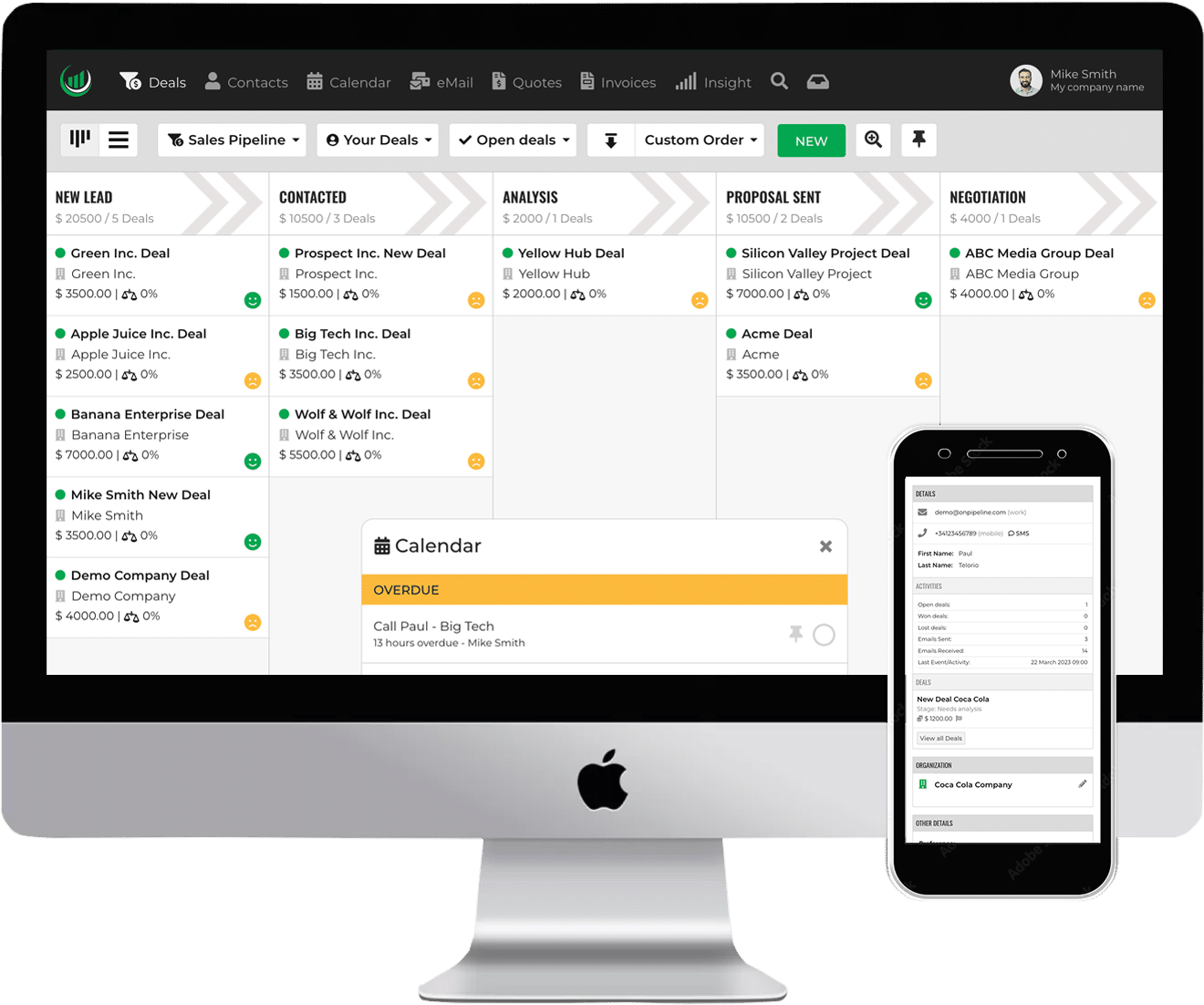Developed by Neil Rackham, SPIN (Situation, Problem, Implication, and Need-Payoff) is more than an acronym, it’s a method that transforms sales interactions into tailored, client-focused conversations.
SPIN presents an alternative to MEDDIC, offering a distinct approach. SPIN focuses on questions, MEDDIC on criteria.
What is SPIN?
The SPIN sales method uses questions to guide salespeople when talking to potential clients.

Let’s unpack each element:
S – Situation
We start with some basic questions to learn about the client’s current situation. By understanding the current state, sales professionals can tailor their approach .
Can you provide insights into your current workflow or business operations?
P – Problem
Moving on from analyzing the situation, problem questions focus on the client’s challenges or issues. This phase sets the stage for a deeper exploration of the client’s pain points.
What specific difficulties have you encountered with your current solution?
I – Implication
With identified challenges in focus, implication questions explore the potential consequences or ramifications. This step is crucial in emphasizing the urgency and importance of finding a viable. solution
How do these challenges impact your team's productivity or overall business performance?
N – Need-Payoff
The final stage revolves around painting a positive picture. Need-payoff questions help focus on the benefits and outcomes of a solution that meets the client’s needs.
How do you think these challenges will positively affect your business in the future?
Benefits of SPIN
The SPIN sales method has many advantages that make it widely adopted and successful.
Client-Centric Approach
SPIN focuses on clients, understanding their needs and challenges, and aligning sales efforts accordingly.
Effective Problem-Solving
By honing in on specific problems, sales professionals position themselves as problem solvers rather than mere vendors of products or services.
Builds Trust
Through insightful questioning and active listening, SPIN cultivates a sense of trust, foundational element in establishing and sustaining successful sales relationships.
Practical Application
The SPIN method is useful in many industries and situations because it is versatile.
Tailored Conversations
SPIN encourages sales professionals to engage in tailored conversations, ensuring that each interaction is uniquely crafted to resonate with the individual needs of the client.
Adaptability
Sales teams can seamlessly adapt the SPIN method to various industries, products, and services, showcasing its flexibility and applicability.
Continuous Improvement
Regular analysis and refinement of SPIN techniques empower sales teams to continuously enhance their skills, staying ahead in a competitive market.
SPIN Training – Tips for Managers
1. Foundation Building
Build a strong base by teaching everything about SPIN and how to use it in real-life situations. This foundational phase ensures participants grasp the core principles before moving forward.
2. Interactive Workshops
Immerse participants in dynamic and engaging workshops designed to transform theoretical knowledge into practical skills. Through hands-on experiences, role-playing exercises, and simulated scenarios, participants gain a deeper understanding of how to effectively apply SPIN techniques in diverse situations.
3. Case Studies and Examples
Dive into the real-world application of SPIN through in-depth exploration of case studies and examples. By dissecting successful SPIN sales interactions, participants not only gain practical insights but also draw inspiration from proven strategies that have yielded positive results in various scenarios.
4. Role-Specific Training
Customize training sessions to cater to the specific roles within the sales team. Each team member recognizes their unique responsibilities and challenges and is equipped to integrate SPIN techniques into their particular domain through role-specific training.
This tailored approach maximizes the relevance and applicability of SPIN across diverse functions within the sales team.
SPIN Training: Paying vs. Reading a Book
Training programs often provide access to specialized expertise delivered by seasoned professionals. Many training courses offer interactive elements such as workshops, discussions, and hands-on exercises.
Books, especially in digital or borrowed formats, present a cost-effective means of acquiring knowledge. Individuals can absorb information at their own rhythm, revisit key concepts, and explore related topics as they see fit.
Deciding whether to pay for training or read a book depends on personal preferences, learning styles, and desired knowledge depth. Both options have advantages, and using a mix of both might be best, based on your goals and situation.
Conclusions
In the intricate dance of sales interactions, the SPIN sales method emerges not just as a tool but as a strategic ally. By embracing its principles, sales professionals can elevate their approach, transform discussions into meaningful dialogues, and forge lasting client relationships. The SPIN method is more than a guide; it’s a pathway to consistent success in the dynamic world of sales.


